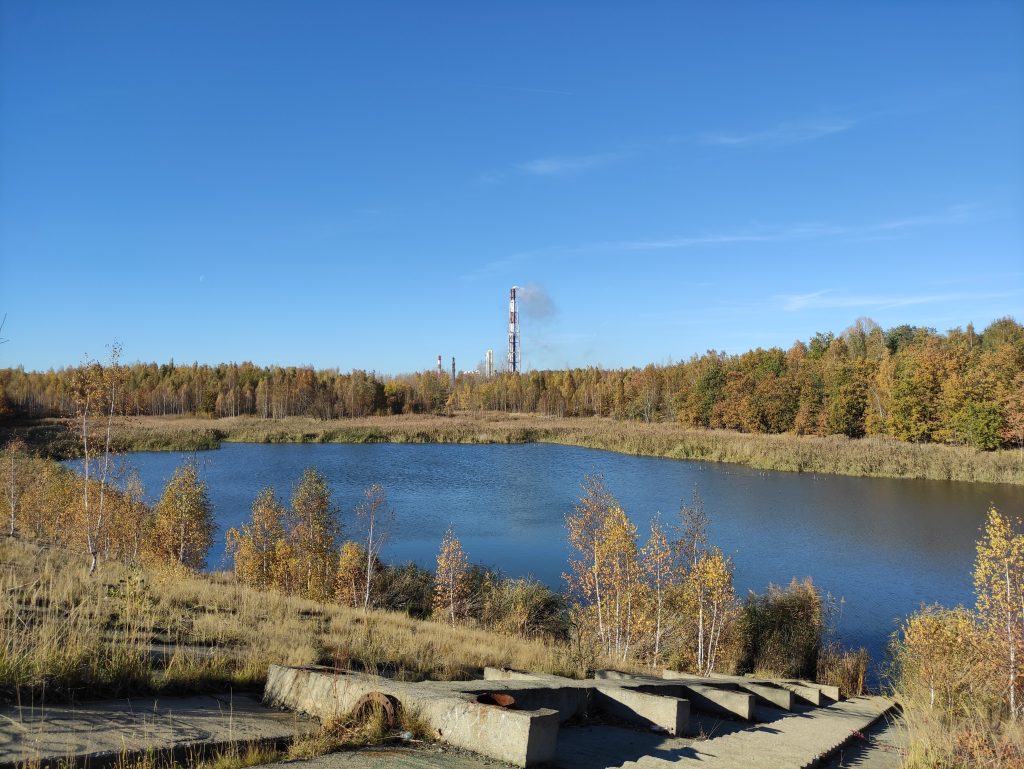Comparison of active and passive methods for atmospheric particulate
matter collection: From case study to a useful biomonitoring tool

Trzyna A., Rybak J.,Górka M., Olszowski T., Kamińska J.A., Węsierski T., Majder-Łopatka M. (2023): Comparison of active and passive methods for atmospheric particulate matter collection: From case study to a useful biomonitoring tool.
Chemosphere 334: 139004
Dr. hab. Maciej Górka
The work in Chemosphere is a continuation and culmination of research conducted as part of Agnieszka Trzyna’s master’s thesis in the vicinity of the Legnica Copper Smelter, which we mentioned in the article in Atmospheric Research. The main goal of this work was a qualitative and quantitative comparative analysis of metal accumulation in atmospheric particles (PMx) using two bioindicators (spider webs and lichens) and an active dust sampler with a PM2.5 head. This is the first work of its kind in the world that attempted to assess the effectiveness of metal accumulation and compare the results obtained from the use of bioindicators (passive method) to the reference gravimetric method (active method) for dust sampling. Interesting and advanced statistics allowed for a comprehensive view of the results of metals with PMx in the vicinity of the Legnica Copper Smelter. We invite you to read it!
